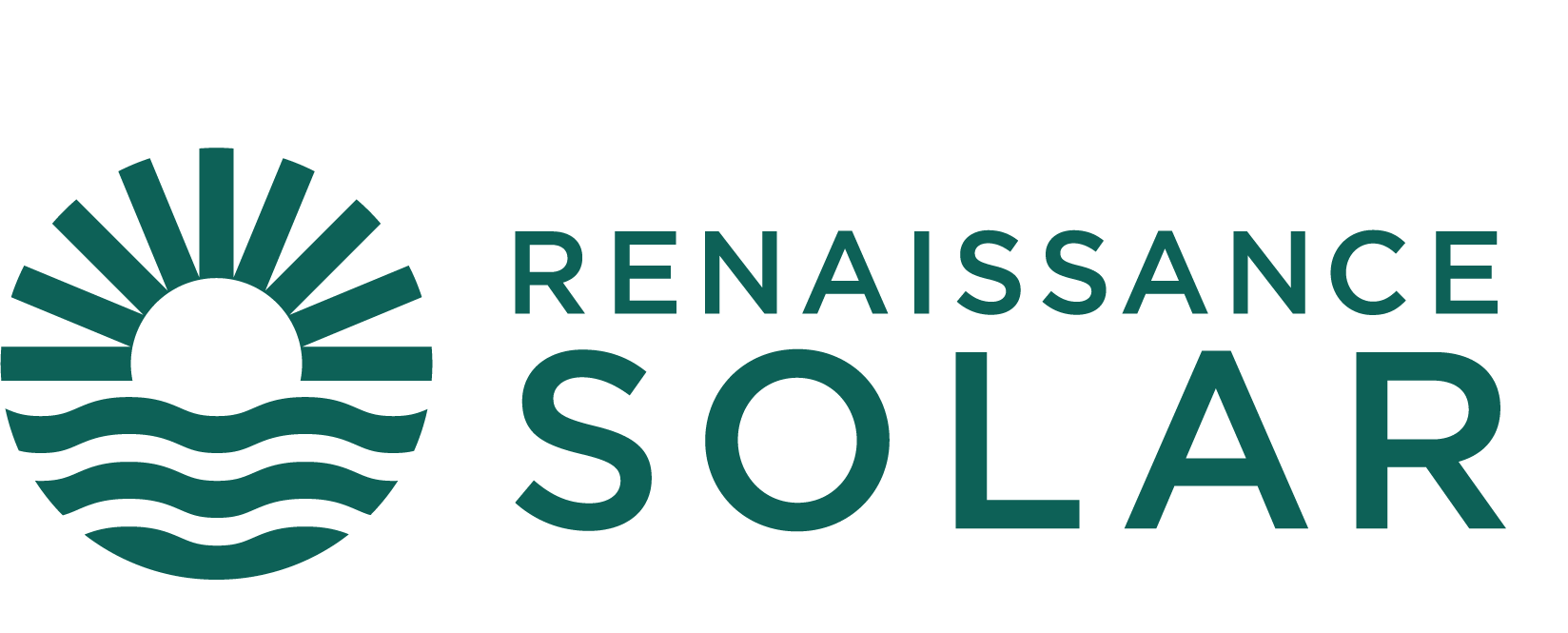Imagine a world in which you’re no longer reliant on ridiculously expensive electricity to enjoy hot water in your home or business…got the picture? Well, if homes and businesses in Europe can make it with solar water heating systems, then how much more can we get out of it in a country like South Africa?
You could easily be looking at a reduction of 40% on your current electricity bill, and, as you know well by now, whatever you’re paying for electricity this month is only temporary; tariffs will go up and there’s nothing we can do about it, except to do more than just think of investing in a solar water heating system!
Your first question is going to be;
How does a solar water heating system work?
You really do need knowledge and experience that relates to anything to do with solar energy in order to gather a smidgen of understanding in terms of how a solar water heating system works, and, on average, it’s only the experts that can translate technicalities into something we can understand.
Well; how does a solar water heating system work? Let’s look at the very basic parts of a solar water heating system to get a clearer idea of what it takes to harness the sun’s rays to heat our water.
At its simplest, each solar water heating system consists of a solar geyser and a panel, for a start.
In essence, there are 2 different types of collectors that are used in a solar water heating system, namely flat plate panels and evacuated tubes collectors.
The Panels
The flat plate panels will be installed on your north-facing roof, preferably in a position that isn’t blocked by other buildings or anything else that can get in the way of the sun’s rays. Flat plates are considered the simplest solution, and, if you’re looking at a product like SunScan Flat Plate panels, you’ll find that you have a choice of formats and sizes that range from 1.7m², 2m², 2.4m² to 3m². The size of the panel is determined by the size of your home or business and how much hot water you need to have on tap.
Evacuated Tube Collectors
Evacuated tubes are a little more sophisticated than flat plate collectors, which means that an evacuated tube system tends to be more expensive; however, there is good reason for this. These are used on west or east-facinbg roofs where thereis only a half day of sun.
For instance, the SunScan Evacuated tube SunSeeker range on offer from Renaissance Solar in Cape Town holds the promise of high performance and efficiency with less sun which makes the extra cost well worthwhile.
The Double Layer Insulation makes these evacuated tubes the best in their class, offering superior performance, which ultimately extends the lifespan of your system.
The Solar Geyser
The water that is heated via either a flat plate collector or evacuated tube system is what keeps the water hot in your solar geyser, though it’s a little more complicated than this, to say the least.
This is definitely where picking the experienced brains at Renaissance Solar is vital, from the outset of planning to install a solar water heating system!
As with most of the solar products on offer at Renaissance Solar in Cape Town, the solar geysers are all made locally, and this is another plus for saving on your budget. Xstream Fibreglass geysers are made in Paarl and Kwikot Superline Geysers are made in Gauteng.
Ultimately, the team at Renaissance Solar has maintained a commitment to keeping their prices low, while remaining dedicated to providing quality SABS approved solar products at these competitive prices.
If you’re ready to find out more about what happens between the collectors and a solar geyser, contact the friendly experts at Renaissance Solar today.
If anyone can simplify the technicalities for those of us without experience or an extensive knowledge of solar products, this team will, with pleasure!
